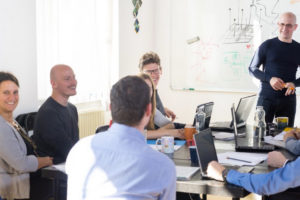Evidence of UX designs are all around us. Household appliances are the result of some sort of UX process. UX designers research every aspect of using an appliance in order to make the user experience a positive. Designing bridges and tunnels, for instance, requires research of the location surroundings, communicating with engineers, analyzing traffic volumes and patterns, and investigating the design performance of other bridges and tunnels before beginning to design and subsequent construction. The complexity of the UX process widely varies from project to project
The role of User Experience (UX) Designers encompasses a wide range design practices. Although, when I told my grandpa (1970’s IBM engineer and early computer prototyper) that I wanted to be a UX Designer, he had no idea what I was talking about! When I described the various functions in UX such as user research, testing for usability, prototyping, creating interfaces and user flows, visual design, and delighting users — my grandpa, Mike Stephens, responded, “Well in my day, they just called that ‘Engineering’ or simply ‘Design’ and maybe ‘Customer Service’ used to help inform and re-engineer/re-design. Everyone had it in mind, but we didn’t call it User Experience Design.”
So I sought out the first use of the term. I was surprised to learn that the earliest modern usage came about in 1993 by Donald Norman, the writer of “The Design of Everyday Things”. While UX is still a crossover of design, engineering, and customer service at its core — when companies revenues increase, they can afford to break down the role of design into sub-categories. UX as a practice goes back to even ancient times wherever there was a product, a service, or a particularly powerful feeling to render.
#1: 1993, User Experience Architect, Donald Norman
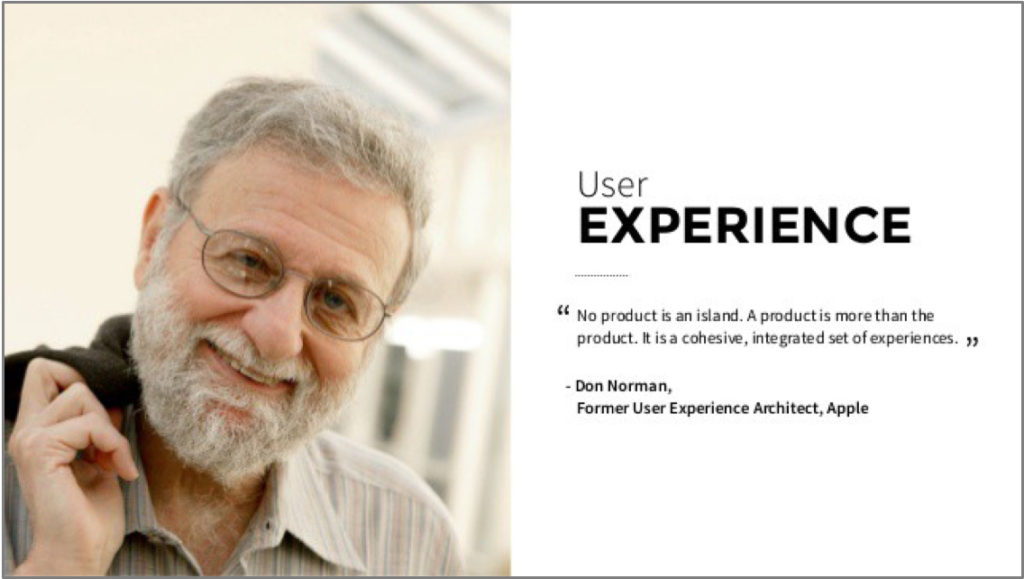
Even before the 1995 publication in HCI, meeting notes from a colleague of Donald Norman’s at Apple surfaced from 1993, and stated that Norman changed his job title from “User Interface Architect” to “User Experience Architect”. Norman has discussed inventing the term in interviews.
“I invented the term because I thought Human Interface and usability were too narrow: I wanted to cover all aspects of the person’s experience with a system, including industrial design, graphics, the interface, the physical interaction, and the manual.”
Mostly the term UX was in use for the field of Human Computer Interaction, but this term is now evolving. Norman also describes UX as “encompass[ing] all aspects of the end-user’s interaction with the company, its services, and its products”.
#2: 1966, Delighting Young Minds, Walt Disney
Walt Disney was an incredibly imaginative and dare I say — even magical person — with a childlike spirit and a perceptive mind for the future. He described the idea that would later become Disney World as, “always in the state of becoming, a place where the latest technology can be used to improve the lives of people.”
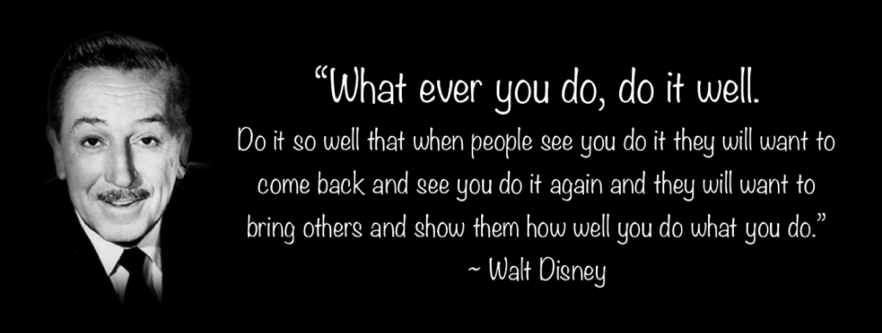
I also spoke with my grandfather about this as well — and he said they took my mom on opening day and couldn’t believe “we were made to feel cared for”, “the food was so good and cheap”, and “there were things there you’d never seen before”. I too remember Disney World, particularly Splash Mountain, Space Mountain, and then Tomorrow Land as my favorite parts — they had the concept of video phones (iPhones hadn’t been invented yet!), rocket ships to bring us to live on other planets, and monorails that would zip around at really high speeds (Elon Musk hadn’t been planning his Mars colony or the Hyperloop yet!) I’m sure everyone has their own special memories of Disney World, like the signatures from your favorite movie characters and being able to visit their colorful houses. Disney’s use of technology and delighting all of the senses with both nostalgia and futurism, creates happy memories that want to be repeated again and again, and is a huge inspiration for UX Designers today.
#3: 1955, Designing for People, Henry Dreyfuss
Now after speaking to my grandpa over the phone further, to find UX overlaps in the good old days — he did mention a part of the company at IBM called “Human Factors” and they were in charge of usability. Usability is only a portion, but a very important portion of User Experience Design.
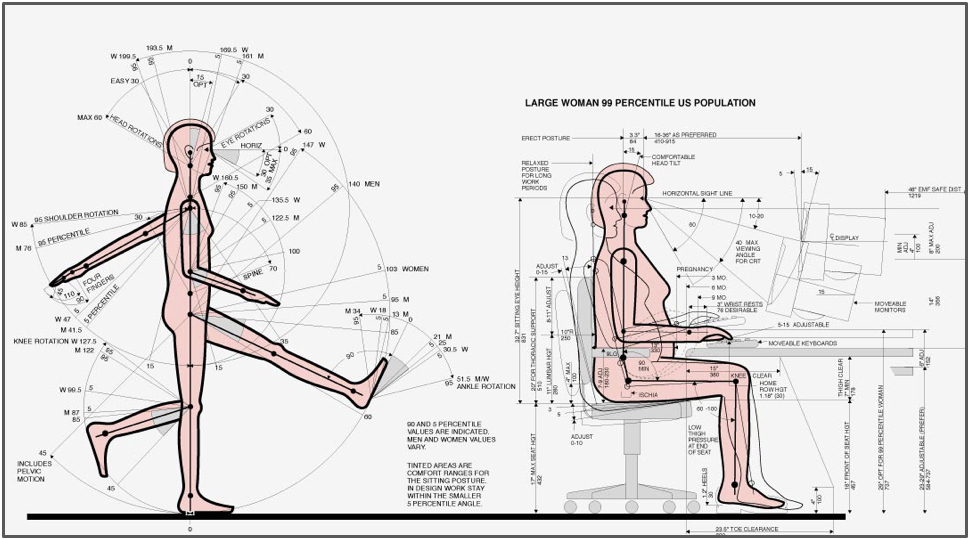
The lead person of this concept was Henry Dreyfuss, who was an American industrial designer who wrote the book called “Designing for People.” His concepts ensure not only designing for safety, but designing for a wide audience, so that people of different sizes and abilities, could access all parts of the product or service without trouble.
In his book, Dreyfuss writes: “When the point of contact between the product and the people becomes a point of friction, then the industrial designer has failed. On the other hand, if people are made safer, more comfortable, more eager to purchase, their product more efficient — or just plain happier — by using the product, then the designer has done his or her job successfully.”
Personally, I have a sectional couch that I moved into my smaller apartment. In order to fit, it must be split into 2 sections now, which makes it not as aesthetically pleasing, and my back arches in an unhealthy pose when working on it. And because of the couch-split, I have no room anymore to add an ergonomic desk chair! I may be using the couch now out of context, but it’s something worth considering for designers to imagine new ways of furniture that change as a person’s housing situation changes. Not all ideas succeed (at first) to work well with people and our fickle habits. This next history lesson about conveyor belts shows how very important prototyping and designing is for the end user.
#4: 1430 – 1930, Conveyor Belts of Da Vinci & Ford
Ali Rushdan Tariq describes that in circa 1430, Leonardo da Vinci designed conveyor belts to deliver food to kitchen preparers, and an early sprinkler system for safety measures. The prototype backfired when the conveyor belts operated too wildly and also the sprinkler system went off, ruining some food.
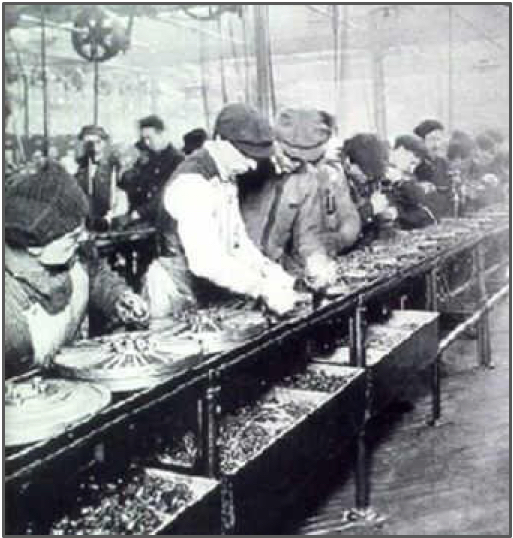
This was an early example of good-intented technology, but a bad UX! Ideas can be improved however.
Fast forward to the early 1900’s industrial revolution and we have these “conveyor belt” methods employed in factories and in the car building assembly line process first by Oldsmobile, then made famous by Ford in 1913. Toyota followed suit, but also focused on safety and input in the design process for people. Which led to inspire many UX designers!
#5: Circa 3000 BC, Feng Shui, an Ancient orm of UX?
Feng Shui is currently defined as “A Chinese philosophical system of harmonizing everyone with the surrounding environment.” It is classified as a physiognomy (observation of appearances through formulas and calculations), and it’s practice “discusses architecture in metaphoric terms of ‘invisible forces’ that bind the universe, earth, and humanity together, known as qi.”, and existed even well before the times of compasses.
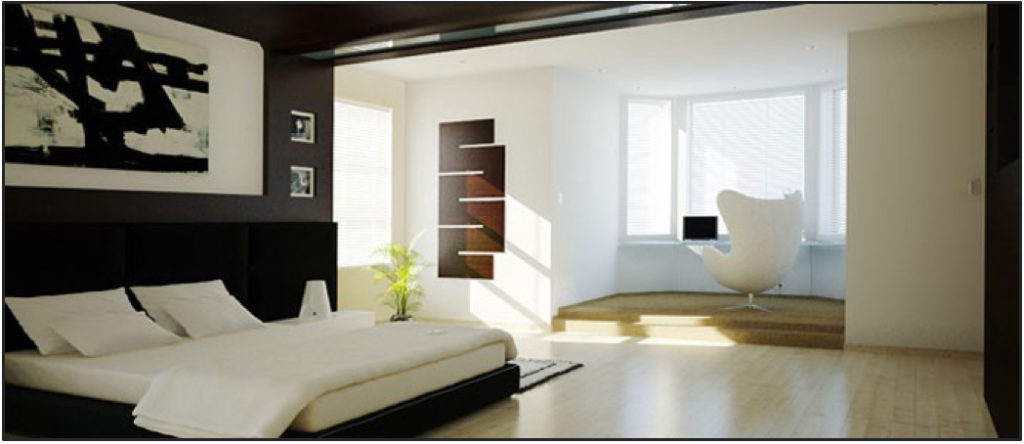
The goal of Feng Shui is to situate the human-built environment on spots with good qi measured by location and purpose. It incorporates a lot of cleanliness and order, “white space” (in designer terms), balanced elements, some subjectivity, and design with functionality together. For example, if you leave your toilet seat open all the time, (not only is the smell and the look unappealing) but it’s said that you are “draining your money away”. This could surely be said for something like a bad smelling and looking restaurant as well — who would want to spend money there?
So what does all that got to do with UX? Well, I know it’s silly, but that’s how I got myself into UX, implementing Feng Shui into my design and development process for the web” — Winston Huxley
It’s true that no one wants to see 10 pop-up ads in their apps, just like we don’t want to be interrupted tripping over socks in the hallway. This may be a trivial metaphor reiterating the point — but the koi fish has been highly admired in Chinese lore. The koi symbolizes powers of longevity, good fortune, success and courage, demonstrated by its ability to swim against currents and upstream. Placing a koi fish in one’s home (or in one’s game!) may bring those principles into one’s life! So long as your app is tidy.
I hope what you can take away from this article about the 5 Things You Didn’t Know about UX Design History — are lessons that you can incorporate in your product or service as a Whole in the world, as something to Delight, as a design that people can Use, and to expect some failures while improving Productivity, and to gain back some wins with the Balance of orderly qi. Good luck on your future UX endeavors, and let me know how they are going by leaving a comment.


